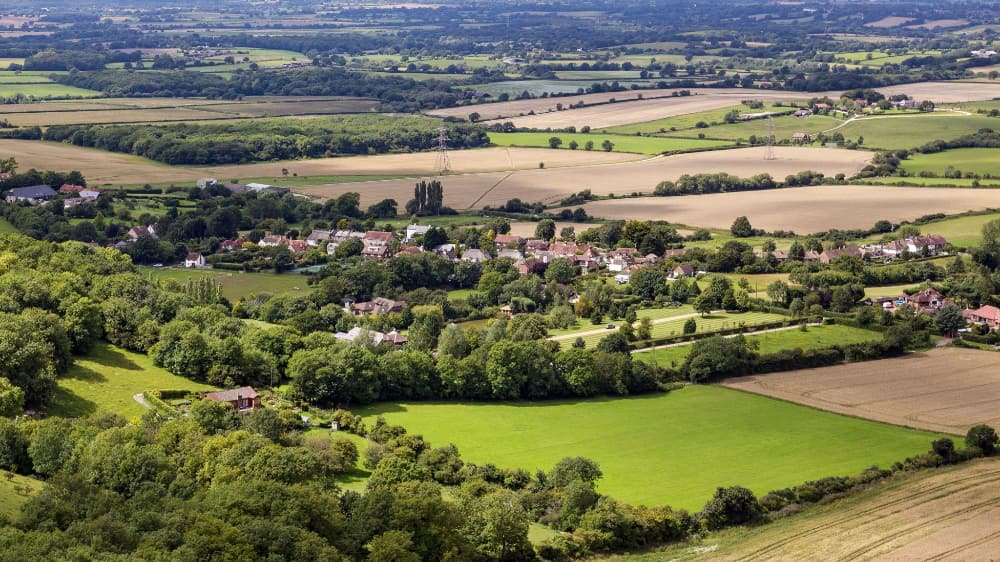
The physical and mental health benefits of staying active whatever our age are well documented. We’ve heard it time and time again, but physical activity is the key to a longer and healthier life, and we should all be making more of an effort to incorporate it into our routine.
There are numerous studies into the importance of exercise, and that only becomes more important as we age to help us maintain our independence, prevent health conditions from developing and keeping our mental health in check. Age UK advocates ‘walking your way to health’ with gentle advice, various exercise plans and support for anyone aiming to be as mobile as they once were.
Here, we look at why we should stay active in our later years and what are the best types of exercise to include in our everyday routines.
Improves fitness and mental health
Exercise can play a key role in maintaining our mental health as we age, helping to lower stress and anxiety, improving the quality of our sleep and reducing the risk of developing mental health problems, such as depression and cognitive decline. The endorphins released when we head outdoors for a walk lift our mood and give us an overall sense of wellbeing, which can also help with pain management.
Walking and other activities are often aligned with weight loss and while it’s great for that, it offers so many more benefits than just keeping the scales balanced. While walking boosts mental health, it is also a great leveller and ideal for bringing families and people of all ages together.
Encourages greater social interaction
While physical activity is great to do alone, it’s also a brilliant opportunity to meet like-minded people and make friends. Finding a community as an older person can be a challenge, but walking groups are out there for everyone with wheelchair-friendly routes and popular local walks that encourage you to stick to a routine and have fun with like-minded people.
Social events naturally tend to become rarer as we get older, but group walks can help you to maintain a healthy social life well into your retirement. If you miss travelling and venturing outside, there are even walking initiatives that champion the great outdoors and invite people of all ages to explore the countryside.
Prevents disease and protects bone density
Regular walking and staying active is one of the most effective ways to prevent disease and chronic illness in older people. There have been numerous studies that show that aerobic activity and exercises that stress the muscles and increase heart rate can lower the risk of developing diseases like type 2 diabetes and heart disease.
Exercise helps to keep your blood pressure at a healthy level, prevents arthritis and minimises the risk of you developing obesity which can put pressure on your joints and heart. It keeps the arteries healthy by reducing plaque build-up and improves blood flow to the muscular tissues around the body.
Bone loss is a serious concern as we age, and it can lead to an increased risk of fractures, bone breakages and developing osteoporosis. Physical activity strengthens bones and guards against osteoporosis. In turn, regular walking can increase your balance, coordination and agility which can diminish with age, reducing the risk of falls and age-related physical decline.

Which exercises are best-suited to older people?
Doing something as simple as walking can be the first step towards keeping fit and, as long as you engage in an activity that makes you happy, a relaxing walk can be the best exercise to begin with. In general, exercise for older people should combine a mixture of aerobic, strength and resistance training, and flexibility exercises in order to maximise the benefits. And there are certain forms of exercises that are particularly well-suited to older bodies, helping to build strength and enhance balance and coordination, without putting too much stress on your joints and muscles.
Walking and aerobic activities
Walking and aerobic activities are a great way to keep your heart healthy and strengthen your lungs, as well as improving your stamina for overall health and wellbeing. Why not use a stationary bike, walk for 30 minutes a day, or join an aerobics class at your local fitness centre? A low-impact walk with a friend is the perfect way to keep your heart healthy.
Swimming
Swimming is a very gentle and relaxing exercise and it’s perfect for people with mobility issues because the water supports your body weight, so you don’t have to exert yourself. It’s the perfect workout for all ages, or those recovering from an injury or surgery, and it can be as gentle or as high intensity as you feel up to on the day.
Exercise and lap pools are perfect space-savers that give you the opportunity to swim against a current, thanks to swim jets, so you get a great workout without putting pressure on your body or needing the space for a full-sized pool.
Strength training
Strength training may give the impression of bench pressing or lifting heavy weights, but it doesn’t have to mean this. In fact, simple bodyweight exercises are just as effective and can help strengthen muscles, burn excess fat and keep your body strong and stable as you age. Squats, single-leg stands, wall push-ups and climbing the stairs can all help to improve body strength without the need for free weights or even access to a gym.
If you want to improve your workouts and push yourself, adding resistance bands into the mix can be a great way to add to your fitness routine.
Dance classes
Dancing is fun and it’s a social activity, so if you’re an older person looking to keep your social life thriving, it could be a great opportunity to meet people and keep fit at the same time. The combination of socialising and music means that it doesn’t even feel like you’re exercising, but it still gets your heart rate up and improves mobility to improve your health long-term.
The myth of ageing and exercise
As we age, it’s natural for us to become more sedentary and we might find that activities that we used to do without any issues are now more of a struggle. This might be due to aches and pains, or simply that we’re too tired and become fatigued more easily. This connection means that it’s common for people to think that ageing means you have no choice but to become less active. The UK Government and the NHS have created fitness frameworks for every adult, and exercise advice for senior adults with disabilities to ensure everyone has the opportunity and support to remain active throughout their lifetime.
But this is a myth and many elderly people remain active into their golden years. It’s all about finding an activity that suits your lifestyle, your fitness level and gives you the advantages you’re looking for, be it physical or mental.
Walking is great for older people, improving muscle mass and strength, balance and coordination, and cardiovascular health which keeps chronic conditions such as heart disease, stroke and diabetes at bay.
The physical and mental benefits that exercise provides are clear for all ages, but especially as we get older. Not only does exercise improve our confidence and keep us mobile, but it improves our mood, reduces cognitive decline and helps contribute towards a more independent lifestyle well into later life.
























